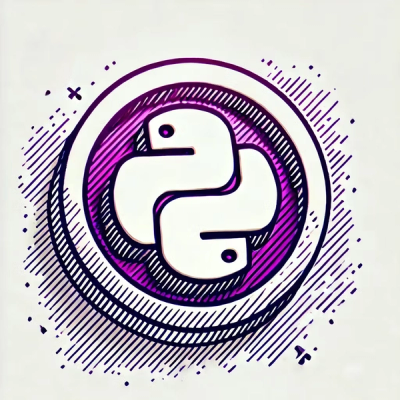
Research
PyPI Package Disguised as Instagram Growth Tool Harvests User Credentials
A deceptive PyPI package posing as an Instagram growth tool collects user credentials and sends them to third-party bot services.
is-potential-custom-element-name
Advanced tools
Check whether a given string matches the `PotentialCustomElementName` production as defined in the HTML Standard.
The npm package 'is-potential-custom-element-name' is designed to help developers determine if a string is a valid custom element name according to the Custom Elements specification. This can be particularly useful when creating Web Components, ensuring that the names used for custom elements are compliant with the standards set by the Web Components specification.
Validate Custom Element Name
This feature allows developers to validate if a given string is a valid custom element name. The function returns true if the string meets the naming criteria for custom elements (e.g., containing a hyphen and not starting with a reserved prefix), and false otherwise. This is useful for ensuring that custom elements are named correctly before attempting to define them in the document.
"use strict"; const isPotentialCustomElementName = require('is-potential-custom-element-name'); console.log(isPotentialCustomElementName('my-element')); // true console.log(isPotentialCustomElementName('notValid')); // falseThis package serves a similar purpose by validating whether a string is a suitable name for a custom element. It might differ in the specific rules or criteria it uses for validation, or in how it handles edge cases, offering an alternative approach to ensuring custom element name validity.
is-potential-custom-element-name checks whether a given string matches the PotentialCustomElementName production as defined in the HTML Standard.
To use is-potential-custom-element-name programmatically, install it as a dependency via npm:
$ npm install is-potential-custom-element-name
Then, require it:
const isPotentialCustomElementName = require('is-potential-custom-element-name');
isPotentialCustomElementName('foo-bar');
// → true
isPotentialCustomElementName('Foo-bar');
// → false
isPotentialCustomElementName('baz-©');
// → false
isPotentialCustomElementName('annotation-xml');
// → true
| Mathias Bynens |
is-potential-custom-element-name is available under the MIT license.
FAQs
Check whether a given string matches the `PotentialCustomElementName` production as defined in the HTML Standard.
The npm package is-potential-custom-element-name receives a total of 18,400,644 weekly downloads. As such, is-potential-custom-element-name popularity was classified as popular.
We found that is-potential-custom-element-name demonstrated a not healthy version release cadence and project activity because the last version was released a year ago. It has 1 open source maintainer collaborating on the project.
Did you know?

Socket for GitHub automatically highlights issues in each pull request and monitors the health of all your open source dependencies. Discover the contents of your packages and block harmful activity before you install or update your dependencies.

Research
A deceptive PyPI package posing as an Instagram growth tool collects user credentials and sends them to third-party bot services.

Product
Socket now supports pylock.toml, enabling secure, reproducible Python builds with advanced scanning and full alignment with PEP 751's new standard.

Security News
Research
Socket uncovered two npm packages that register hidden HTTP endpoints to delete all files on command.